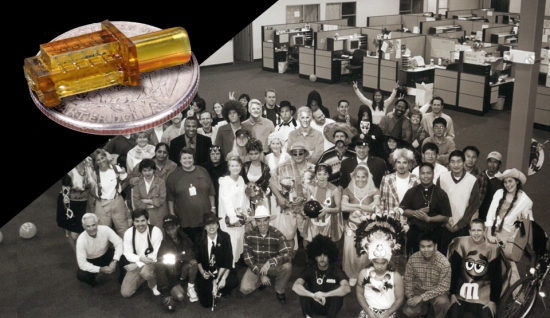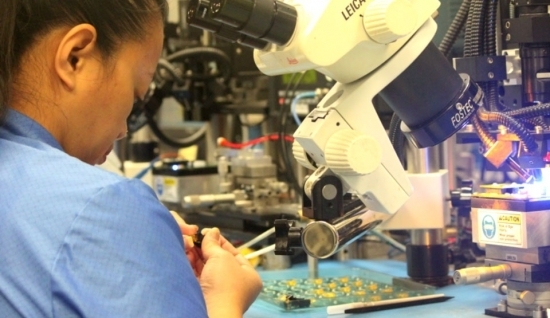Optical Pioneers
Inneos began as a start-up called Blaze Network Products in 1998, founded on the premise of inventing and commercializing a low-cost version of a high-bandwidth optical solution. In 1999, Blaze invented Coarse Wave Division Multiplexing (CWDM), a technology that deploys multiple, specific wavelengths of light on a single fiber strand to increase the speed and distance of fiber optic solutions.
The concept of multichannel optics was not new, but it was prohibitively expensive for commercial or consumer use. Blaze’s approach significantly lowered the cost by spacing wavelength channels farther apart.
Blaze secured several early patents on CWDM optical designs, coined the term Coarse Wave Division Multiplexing, and developed the manufacturing processes associated with the technology. Today, CWDM is widely used in both datacom and videocom to expand the bandwidth and data that can be transmitted on each fiber.



